Junk Explained: Who Are ISIS, And Why Are They Taking Over Iraq?
“There’s fighting in Iraq” just doesn’t cut it any more.
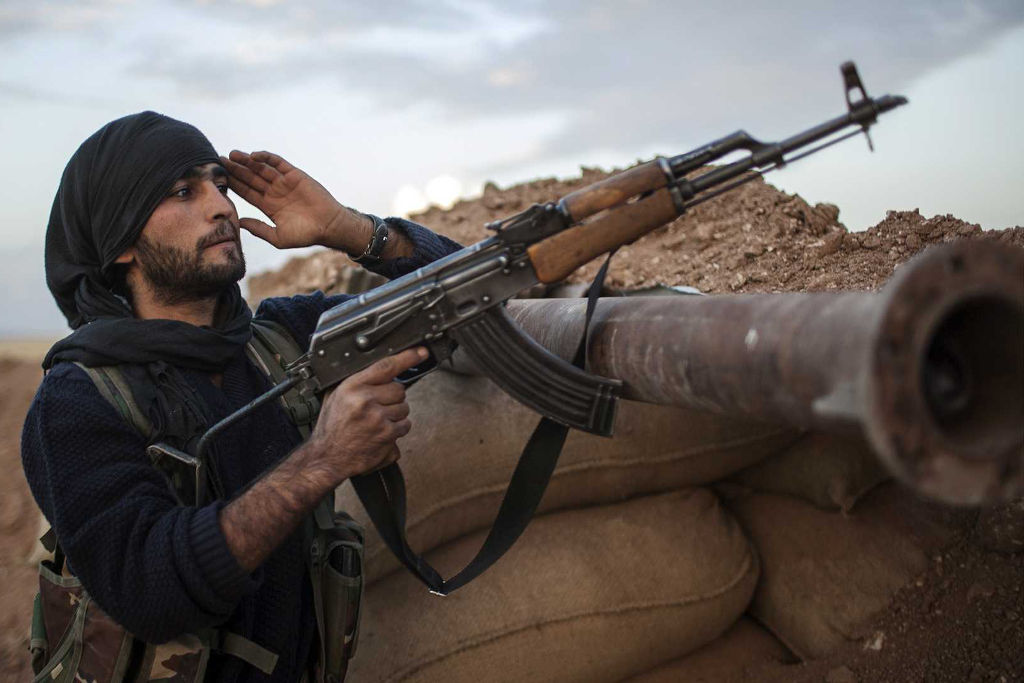
Iraq is in a state of disarray at the moment – possibly worse than it has ever been before. A group called ISIS — the Islamic State of Iraq and Syria — has seized control over large parts of both countries, including the cities of Mosul, Tikrit and Fallujah, and has declared a “caliphate” in an area between the cities of Diyala in Iraq and Aleppo in Syria. American troops are arriving in Baghdad to intervene should the group attempt to seize the capital. The map below shows which areas are currently under ISIS’s control, in dark red, while light red represents areas where the group is active (source).
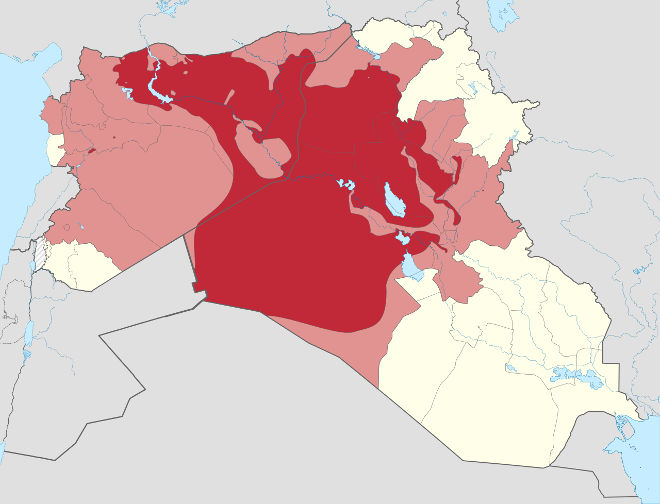 It’s a group that’s as mysterious as it is frightening — ISIS is so radically violent that it was disowned by al-Qaeda, and more than 2,000 people have been killed or injured since it first invaded Iraq in early June. It is funded primarily through extortion and oil — we think. It is only growing stronger, with a steady influx of money and arms, and members as young as ten years old signing up. Its supporters told Argentinian footballer Lionel Messi he should “join the jihadist call” because he scored a goal against Iran in the World Cup. It can’t even keep its name straight — since the caliphate was declared, it’s begun referring to itself as the Islamic State of Iraq and the Levant (ISIL), even as many news outlets are still referring to it as ISIS.
It’s a group that’s as mysterious as it is frightening — ISIS is so radically violent that it was disowned by al-Qaeda, and more than 2,000 people have been killed or injured since it first invaded Iraq in early June. It is funded primarily through extortion and oil — we think. It is only growing stronger, with a steady influx of money and arms, and members as young as ten years old signing up. Its supporters told Argentinian footballer Lionel Messi he should “join the jihadist call” because he scored a goal against Iran in the World Cup. It can’t even keep its name straight — since the caliphate was declared, it’s begun referring to itself as the Islamic State of Iraq and the Levant (ISIL), even as many news outlets are still referring to it as ISIS.
For all that, not many people seem to know or understand what ISIS/ISIL actually is; when you go to search for it, Google suggests two unrelated ISISes first:
It makes sense; what’s happening is very complicated and unprecedented. It’s all pretty scary, and more than a little confusing. So here’s a (somewhat) simplified version of the ISIS Crisis.
–
What Is ISIS, Really?
ISIS/L (we’ve referred to them as “ISIS” throughout, for clarity) is a jihadist militant group whose goal is to establish a fully Sunni Islamic state in the Middle East, as they claim to have done in recent days with the declaration of the Iraq/Syria “caliphate”. A caliphate is a state led by a successor (“caliph”) to the Prophet Muhammad, and ISIS sees its leader, Abu Bakr al-Baghdadi, as the caliph of its new region.
Sunni Muslims make up most of the population in the Middle East — as much as 90 percent — but only constitute a minority in present-day Iraq. Theologically, Sunni and Shia Muslims differ mostly in their beliefs about who took over after Muhammad died, but today the conflict has more to do with politics than anything. ISIS wants its own entirely Sunni state based on its interpretation of Sharia law, where all laws would be based on the Qur’an.
ISIS was originally an Iraqi affiliate of al-Qaeda, but after violence escalated in their ongoing conflict with al-Qaeda’s Syrian and Lebanese arm, the al-Nusra Front, al-Qaeda leader Ayman al-Zawahiri had had enough, and disowned ISIS in February of this year. Since then ISIS has gone it alone in its efforts to topple the government of Iraqi Prime Minister Nouri al-Maliki, who has ruled since 2006.
ISIS has a huge social media presence, with multiple Facebook, Twitter, YouTube and Instagram accounts, and not long ago a mysterious Twitter account began leaking information about ISIS’s plans via the Twitter account @wikibaghdady. The tweets are all in Arabic but you can see some translations here. How legit this account is remains to be seen.
Leaks aside, ISIS members have been known to be prolific and slippery on social media, reportedly switching and creating accounts in order to circulate their message. They are also surprisingly good social media strategists, creating a Google Play app called ‘Dawn of Glad Tidings’ and postings pictures of cute kittens with Kalashnikovs.
“How does this one work?” Huraira needs muaskar pic.twitter.com/8uZfaJ34b1
— Abu Fulan al-Muhajir (@Fulan2weet) June 12, 2014
With assets worth over $2 billion, ISIS may be the wealthiest jihadist group in the world — which makes you wonder where they get their money from. Reports differ on ISIS’s funding; some say they stole a heap of it, others say it exports oil and sells electricity, while others still say it has received donations from nearby Gulf states, including Saudi Arabia. It could be all — or none — of the above.
The Key Players
This is Abu Bakr al-Baghdadi, the elusive leader of ISIS.
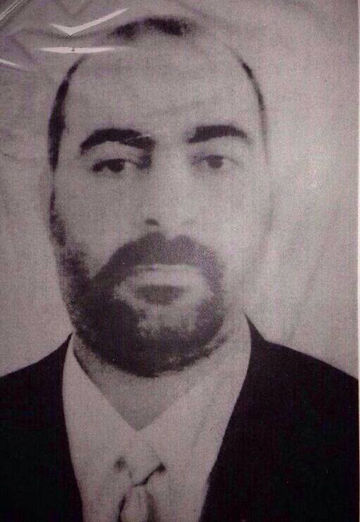
His name is an alias, there are only two photographs of him and he rarely speaks in public, yet somehow he has orchestrated militant attacks out-terrorising al-Qaeda. The leader of ISIS since 2010, al-Baghdadi has a sketchy history throughout which people can’t pinpoint exactly when he became a radical. He has been strategically funding ISIS since then, siphoning money from the main al-Qaeda fund before it disowned ISIS and expanding its revenue sources through other opaque methods. The US has put a $10 million bounty on his head – the second-highest reward next to al-Qaeda chief al-Zawahiri.
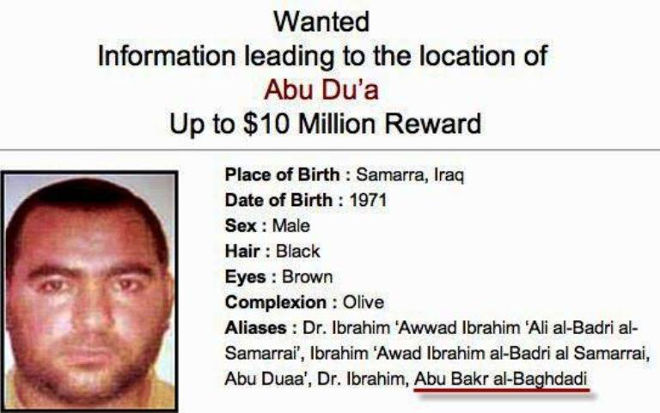
Iraqi Prime Minister Nouri al-Maliki is a Shia Muslim, and his State of Law Coalition, which constitutes Iraq’s current government, received overwhelmingly more support in Shia areas to the east than in Sunni and Kurdish ones to the west and north. In Iraq, Shia Muslims outnumber Sunnis substantially — 60 to 65 percent of the population belongs to Shia Islam — and enjoy the lion’s share of political opportunity. Under Maliki, Iraq’s Sunni population has been neglected, and Maliki has refused to cooperate politically with Iraqi Sunnis in the past, which may explain why some Sunni Muslims in Iraq are seeking justice and representation in the form of ISIS — admittedly in a very twisted form.
Government forces in Iraq could carry out militaristic action to stop ISIS’s advances; there are 250,000 Iraqi troops, and armed police to boot, compared with ISIS’s mere 7,000 combat troops. Even so, ISIS has forced the Iraqi military force to yield on several occasions. The Iraqi army has just begun to fight back, including launching an assault from a helicopter on a sports stadium. But al-Maliki’s leadership has been tainted by ongoing accusations of corruption and brutality, raising the question of how many of Iraq’s regular forces will fight for him in a crisis, and how many will run, surrender or simply switch sides.
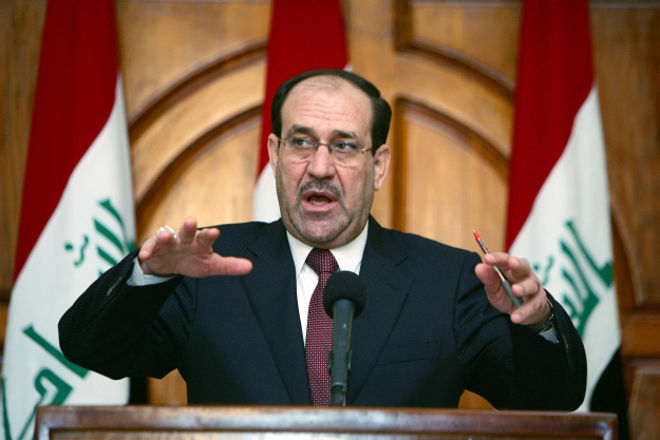
Iraqi Prime Minister Nouri al-Maliki. Source: ForeignPolicy.com.
Syrian President Bashar al-Assad has also gotten his hands dirty. He has been accused of lending al-Qaeda a helping hand with oil deals, and has reportedly released several ISIS (then-al-Qaeda) members from prison. Syria has had its own thing going on (read: the Syrian Civil War) for a few years now, which you might have heard about in other contexts, but the ongoing conflict in Syria has given ISIS access to more weaponry and money. ISIS has also established a base in Syria, where it stores weapons and uses as a safe zone to retreat to when fighting in Iraq. ISIS’s presence has divided the Syrian opposition fighting to bring Assad down, so he hasn’t been very proactive in combating them.
However, in an unlikely recent move, Assad has just started talks with Maliki about how to address ISIS’s growing power. The two haven’t coordinated military operations together, but Maliki has given permission for Syria to launch attacks on ISIS on the Syria-Iraq border. Not much more information is available other than that right now, but if the two are uniting to curb ISIS, that’s probably not good news for the Sunni separatists.
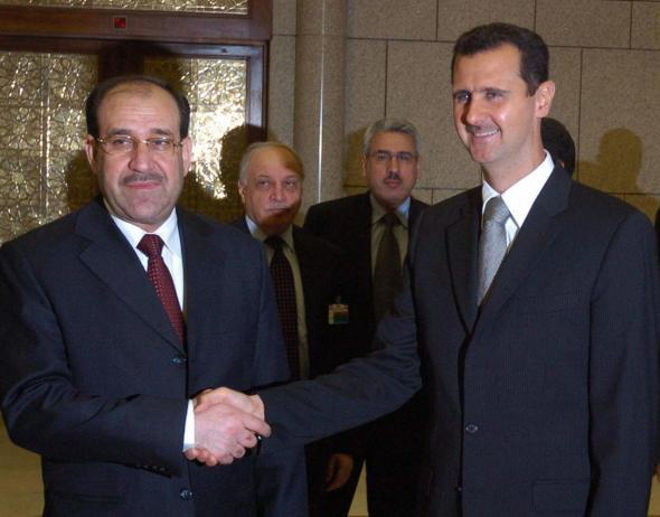
Source: Louai Beshara/AFP/Getty.
What We Do Know
Despite information about ISIS and its activities slowly coming to light more recently, ISIS is still largely defined by what he don’t know about it. How exactly it’s funded and whether Assad or other Middle Eastern powers have aided them in the past are questions no one yet has adequate answers to.
What we do know, however, is that ISIS remains determined to seize as much land as possible in the region in pursuit of a pan-national Sunni Islamic caliphate, and it will kill anybody who stands in its way.
–
Michelle See-Tho is the editor of Farrago, and a freelance writer and journalist whose work has appeared in The Conversation, Kill Your Darlings and Crikey. Follow her on Twitter at @stmischa.
–
Feature image: The Washington Post.
